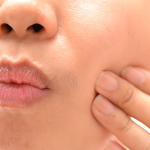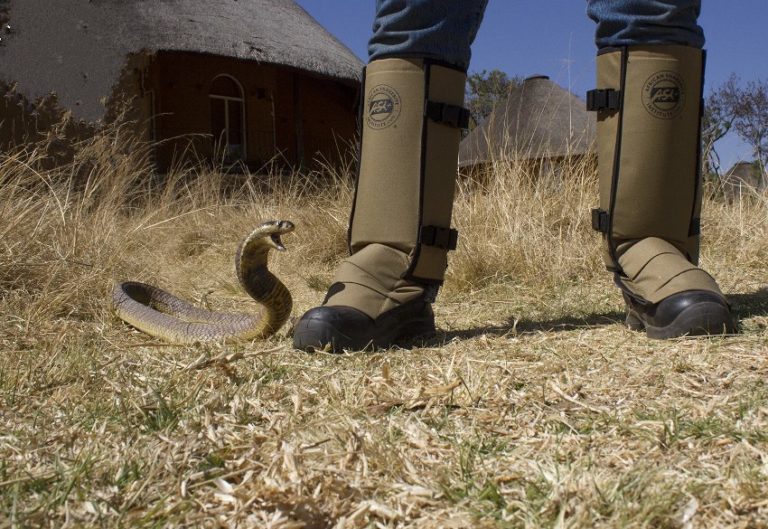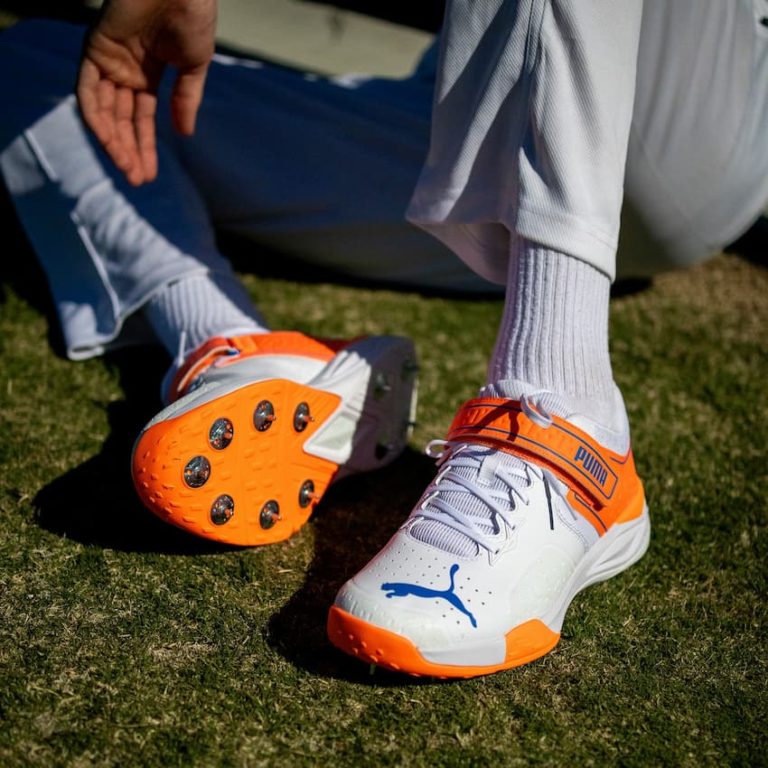Trail running is an exciting activity. It can be very adventurous because of the unpredictability of the terrain and its different surfaces. Trail running can have many health benefits. It improves cardiovascular health, balance and muscular strength, reduces the risk of injuries, boosts mood and mental health, etc.
Trail Running Essentials
If you’re looking to embark on this new experience, you’ll need the proper equipment and accessories, to make the most out of it.
Trail Running Shoes
Not every running shoe is good for trail running. There are specifically designed running shoes for this purpose that offer stability, comfort and proper cushioning for that uneven terrain. They generally fall into three categories, light, rugged and off-trail.
Light
This type is the closest in design and looks to regular running shoes. It’s great for rolling hills and gravel paths with its lightweight design. Their protection against rocks and roots is modest but you can keep a brisk pace. They provide stable placement of the foot and the soles have shallow lugs.
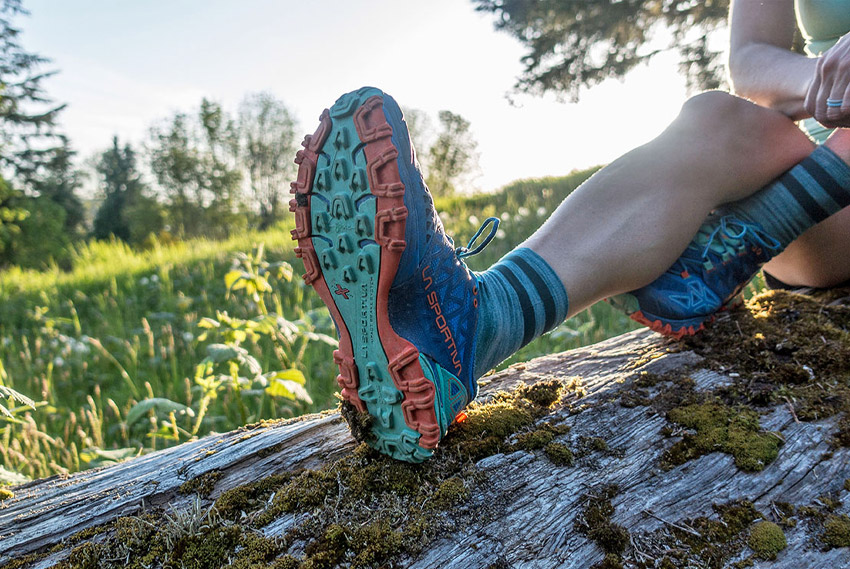
Rugged
These running shoes are designed for rougher terrains and have toe guards to protect your foot from roots, stones and thorns. They are great for steep descents and hard landings and have lug patterns that have good stopping power. The lug patterns are wide so mud and soft soil won’t get stuck in them.
Off Trail
These are the toughest of them all. They have aggressive outsoles and strengthened structures that can overcome any terrain in any weather condition. The materials are resilient and often waterproof.
When it comes to cushioning, you can choose from barefoot, minimal, moderate and maximum:
- Barefoot – no padding;
- Minimal – good for a lighter terrain;
- Moderate – good, comfortable padding for roots and hard soil;
- Maximum – a lot of padding in the midsole.
The heel-to-toe drop is also something to consider. Don’t make any drastic changes to the shoes you have at the moment. If you have shoes with 0 drop, choose trail sport shoes that fit you well, with the same drop and vice versa. Take it slow on the drop change because you can mess up your body’s biomechanics. Always go for the correct fit, don’t try to get a size bigger or smaller.
Jacket
It’s not hard to find the perfect trail running jacket if you know what you’re looking for. First, make sure to buy a jacket with the right fit. It’s important to feel comfortable while wearing it. You have to be able to move your body and arms in every way you need. You should be able to bend and stretch and not feel restrained.
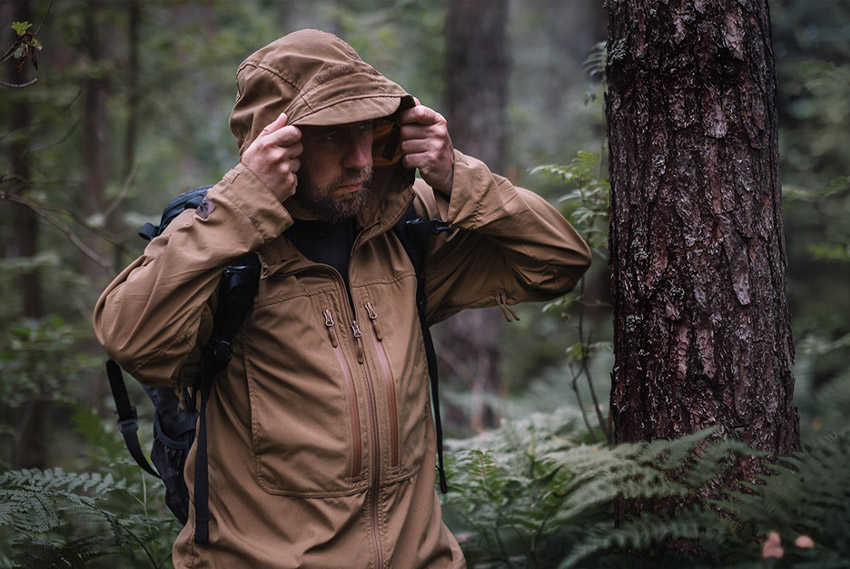
Second, it should be breathable. These jackets have to allow for the skin to breathe, because you’ll feel clammy, sweaty and cold at some point, and that’s a very uncomfortable feeling. Some jackets have zip vents under the armpits or mesh ventilation. Third, consider the weather conditions you’re running in and for how long. Shorter distances in urban areas mean you can buy a lightweight and wind-resistant jacket. But if you’re going on a longer run, with unstable weather conditions, you should consider a waterproof and windproof jacket. Taped seam and adjustable cuffs will keep the warmth in and the rain out, and a peaked hood that won’t be blown away are some of the key features.
Forth is visibility. Hi-vis jackets can be a lifesaver in some situations, especially if you’re running later in the day. The reflective colours on your jacket and the additional stripes will make you visible from afar, and keep you away from accidents and possibly life-threatening situations. And lastly, look for a jacket with pockets. It’s a feature that will allow you to carry your personal belongings like a wallet or a phone. And if you love listening to music on the way, there are jackets with media-friendly pockets.
Hydration Pack
Hydration packs, also known as hydration vests, are very handy when it comes to trail running. They let you have all of the essentials with you without having to stop and look for a water source or some supply. They come in many shapes and sizes with different features. Think about how much water and supplies you’ll need. If you’re going on rougher terrain with lots of uphill, you’ll need more of it, if you’re going on a long run, you’ll probably need some snacks and food to keep you going.
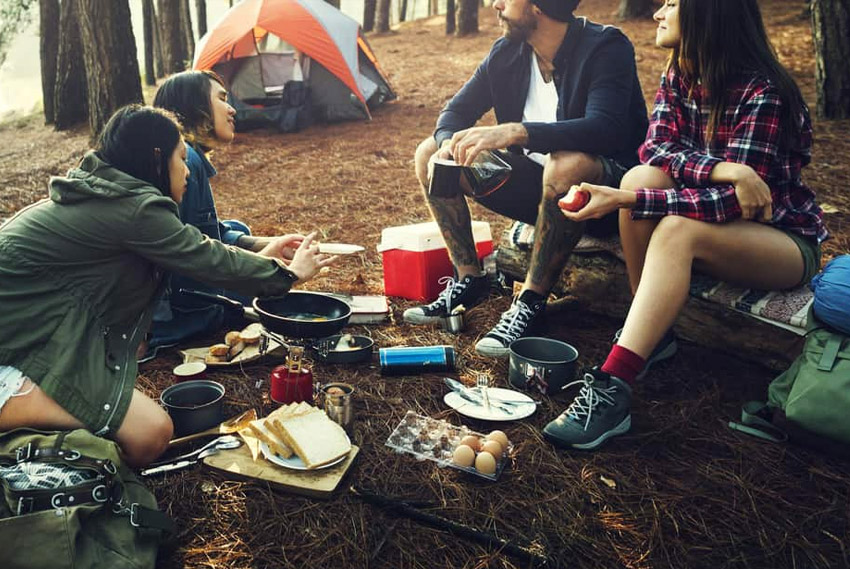
You can use these vests for trail running, hiking or camping with your friends, they’ll come in handy every time. It should be made from durable materials because it can often be scraped and hit while you run, and it has to fit you well, so it doesn’t jump up and down and interfere with your running pace. Another great option you should consider is ventilation when it comes in contact with your back and shoulders. Light, soft and durable materials will provide this anytime.
Headlamp
If you like to run later in the day or go for a marathon, you’ll probably need a headlamp to light your way through the dark. It’s important to invest in a high-quality good-performing headlamp that will last for a long time and work perfectly. It should be comfortable on your head, not too tight to leave marks and cause pain, and not too loose to fall. A rechargeable headlamp with LED lights has a longer lifespan than the others and provides good quality lighting.
It should be well balanced and durable with adjustable straps, so it won’t get damaged if you drop it on rocky terrain. Of course, a red light setting will be of great use in longer marathons, and when you’re running with a lot of people. Choose the beam width and distance according to your preferences and needs. Some headlamps are adjustable and will help you see beyond your trail sport shoes.
Food
Trail running food and snacks are of great importance. They provide you with the perfect number of calories and nutrition to keep you going. Even professional trail runners understand how crucial the right type of food is. There are plenty of healthy and nutritious foods to snack on while you’re running:
- Fruits and vegetables;
- Squeeze packets;
- Rice cakes;
- Protein bars;
- Oatcakes;
- Dried fruit and mixed nuts;
- Waffles.

